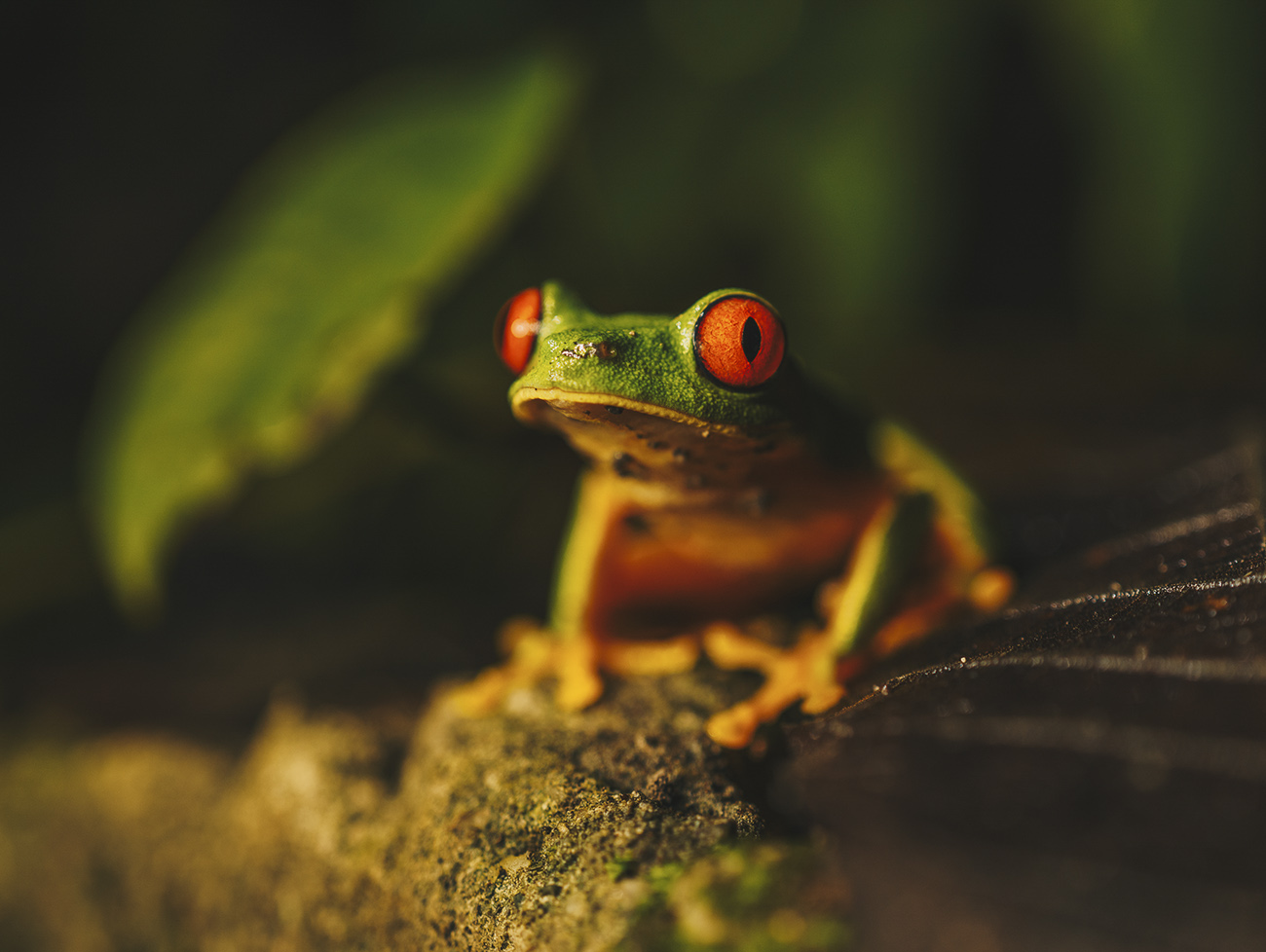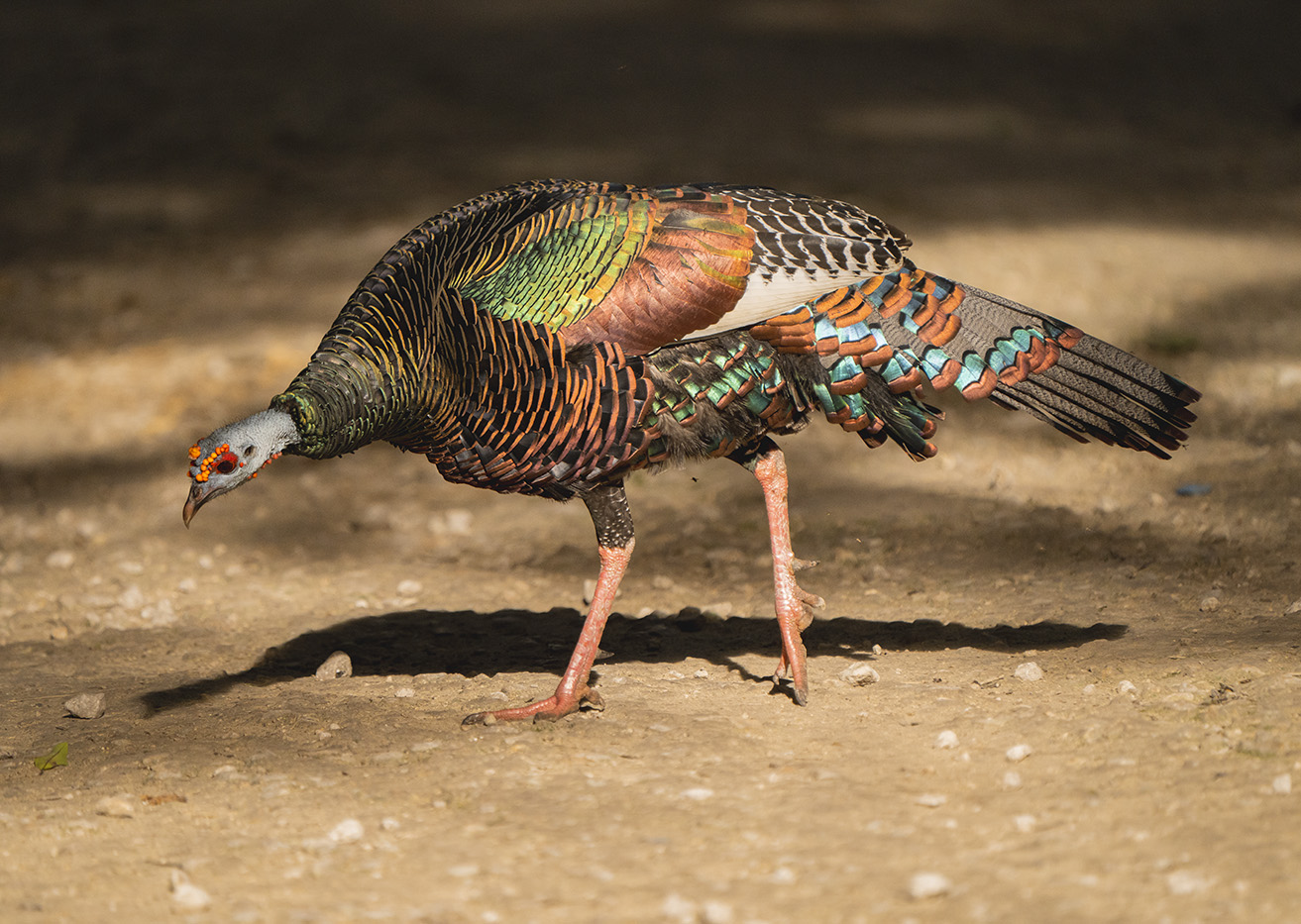Posted January 26, 2023
While hiking a kilometer from the former Aviateca airfield at Tikal (Peten, Guatemala), I noticed a small toad. It was young, perhaps 4 cm long; nowhere near the size it will reach as an adult. We gently picked it up to bring it to the biologist and the other photographers and then put it safely on the ground. It was a challenge to photograph because it liked to hop around.
I have studied Bufo marinus decades ago (now named Rhinalla marina but I prefer to nickname it simply Bufo toad). They never exuded their venom. This toad at Tikal we estimate may be Bufo valliceps (in recent years renamed Incilius valliceps). The key feature is the yellow line of color down the spine. Toads shown on the Internet are more olive colored; our toad is in the center of Mesoamerica, nowhere near the Gulf Coast (or any other coast). So perhaps the color being the same as all the old leaves on the ground provides camouflage so raptors don’t fly down to eat it. If an expert in toads of Mesoamerica has a better identification we will be glad to update our estimate and cite the toad expert.
This toad secreted a colorful venom from its top parotid gland at the right. Both species of toads have well known what I call poison sacs behind their ears. There are also other smaller glands on their legs that I have never noticed.
This toad was the identical colors of the fallen dried leaves; so was well camouflaged.
The toad pictured in Classic Maya art is certainly the significantly larger Rhinella marina. We now have a tabulated list of every Bufo toad that is in Classic Maya art. Plus during our lectures that resulted from winning the Ig Nobel Prize 2022 for Art History, we introduced the Bufo toad as one of many potential ingredients used during the enema ritual of the 4th-9thcenturies. Bufo toxins are still consumed today and often cause death after convulsions. So obviously we do not recommend consuming the toad exudate whatsoever. Many hippies died from this in the 1960’s-1970’s since they did not know how to take it or what to mix it with. Peter De Smet will be explaining the ethnopharmacological aspects in our forthcoming FLAAR Reports on the Bufo toad that have been in preparation for many months. We are working together with epigraphers, linguists, and ethnopharmacologists. We will also ask a specialist in toads of the Americas to add a chapter on the anatomy of Bufo toads under their name.
Written by Nicholas Hellmuth



































